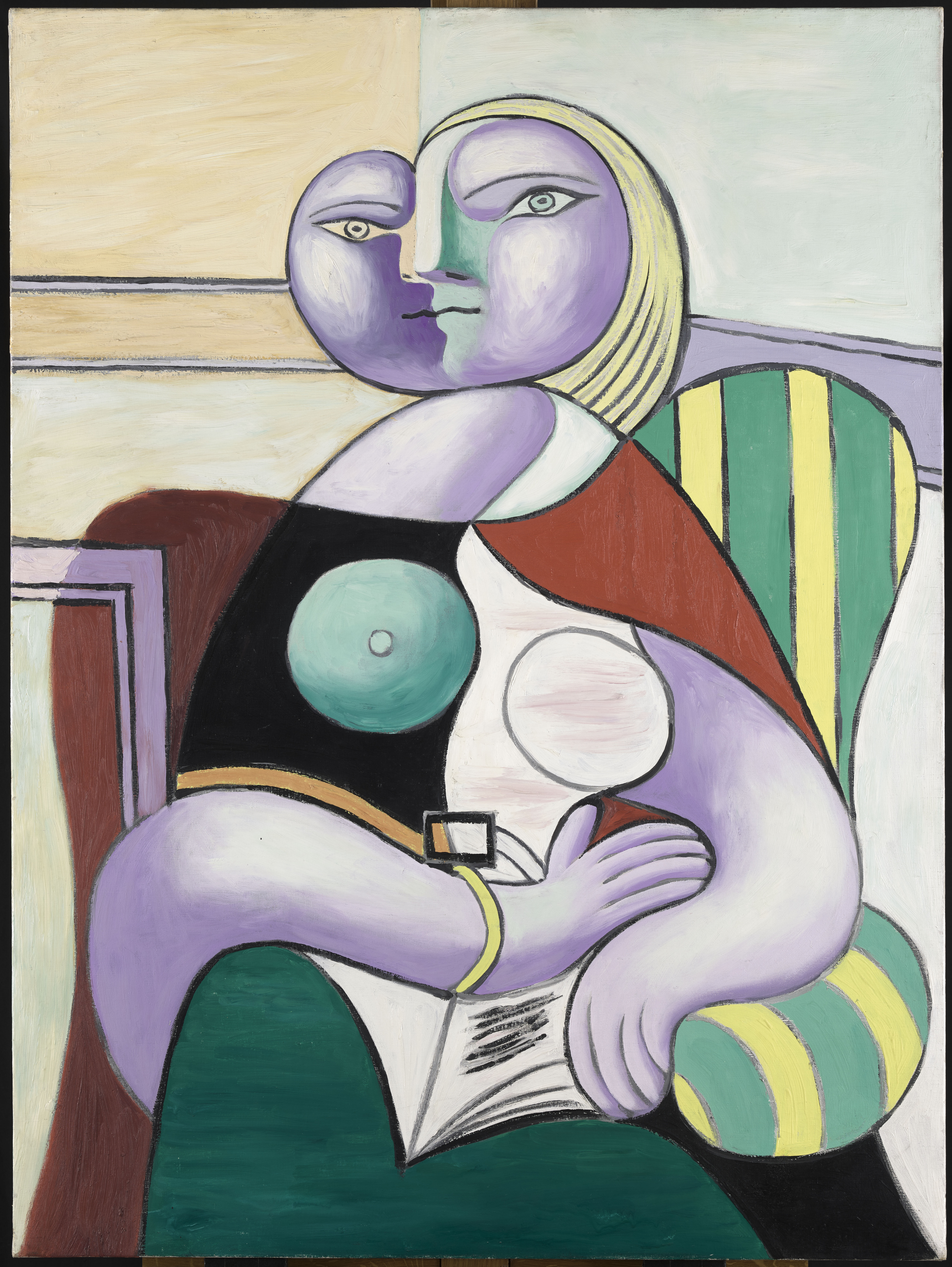What’s your personal view on the changes that have taken place in the cultural sector in China?
China is much more sophisticated today than 20 years ago. I tend to see it through the prism of the people that I interact with—artists, collectors and patrons. Unless you are deep in both languages and surrounded by these people it’s hard to really grasp how vastly the possibilities have expanded on this individual level. They have a new freedom to imagine possibilities for themselves.
We’ve seen a real broadening and deepening of interest in art, both traditional and contemporary. They’re ready to embrace Chinese culture and heritage in a new way and they have some money to do it. Chinese are traveling all over the world. They’re seeing the great architecture and artworks in cities of different countries and they’re starting to think, maybe there should be something like that here.
For us, that points to education. The last thing we want is to spend the time, effort and resources to put on a major show and have people walk out and say, “Well, I didn’t understand that.” What’s the point? We’re pursuing different channels, including working with Tencent on a new kind of interactive media guide to our exhibitions.
But honestly, one of our most successful programs is one of the most traditional, which is our docents program. We have around 200 active members now, people who are in other careers but volunteer their time to give tours. They go through rigorous training and become a kind of interest group in their own right. People have a chance to ask questions of someone who feels more like a peer, who maybe knows a little bit more about this stuff than they do.
We also work with the very young. We have an arm called UCCA Kids that has been in development since 2013. We have nearly four hundred students coming every weekend, from 2 years old to 8 years old, where they’re basically little artists. The curriculum doesn’t teach art per se, but uses contemporary art to inspire creative, independent thinking.
There’s a perception that there is literally no freedom in China. Is creative freedom a struggle?
That’s a fundamental tension to being here and working here. For a long time, art existed in a kind of a gray zone. It doesn’t attract the same size audience as film or literature, and it’s not as easily regulated. At the same time, as interest grew, this kind of economic envelope arose and it became easier for the government to see the whole sector as just another kind of business. There’s some flexibility built into the system from those two things.
There’s also a difference between what the government will put its name on, and what it will allow to happen. We work in full compliance with Chinese law and policy. But there are many things that can happen outside of the bureaucracy and much of it doesn’t happen of its own accord. I think we’ve done a lot of work in that space.
The government can help, too. For the Picasso exhibit, we would have had to guarantee €200 million as a deposit to the customs service to bring this work into the country. But the French foreign minister came here and this was a point in his discussion with his counterpart, Wang Yi. They agreed to allow the exhibition as a cultural exchange. You would think more things like that would happen, but they don’t. It’s not because they’re not allowed to, but because it’s not really the way the bureaucracy is wired.

